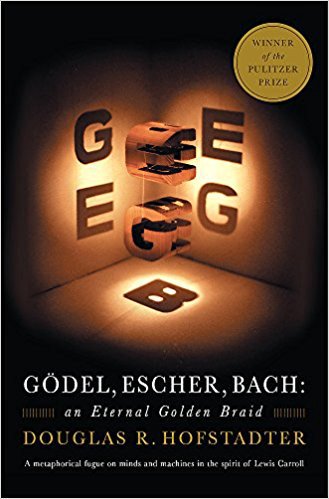A thread 👇
They are what sociologist Ronald Burt called “network entrepreneurs” or “network celebrities.”
The first person that could be considered a network celebrity was Norbert Weiner. Wiener was a math professor at MIT during WWII but became famously associated with the cybernetics movement.
1. Building Legitimacy - He had status from his MIT association.
2. Creating a Forum - He brought together interdisciplinary networks which informed his ideas
3. Exporting Shared Ideas - in the form of books, articles and paper.
1. He Built Legitimacy through his prior work like Whole Earth Catalog
2. He created a forum by hosting the 1984 Hackers’ Conference then
3. He exported many of the ideas birthed there in the form of newspaper and magazine stories.
1. Built Legitimacy by aggregating and brokering the programming expertise of those around him in technical books
2. Built a Forum in the form of conferences
3. Exported the Ideas in blog posts, essays, books, and tweets
…
Our jobs documenting things that need explaining.”
Here are a few ways I've seen people accomplish each step:
Start a successful company
Get an apprenticeship/job for a high profile company in your industry
Write a Book
Build a meaningful personal media property (Twitter account, Blog, newsletter, podcast, etc.)
Host a conference
Host a series of brunches/dinners (e.g. Dinner for B2B SaaS marketers)
Organize a group chat for your industry
Start an online forum (Discourse, FB, Slack, etc.)
Blog
Online Newsletter
Podcast
Youtube Channel










